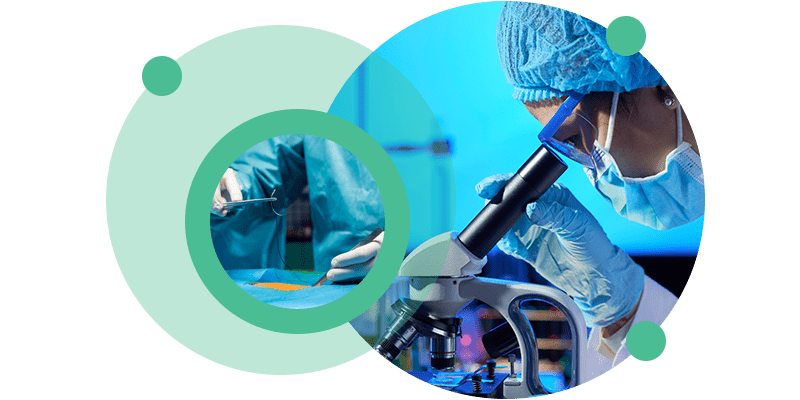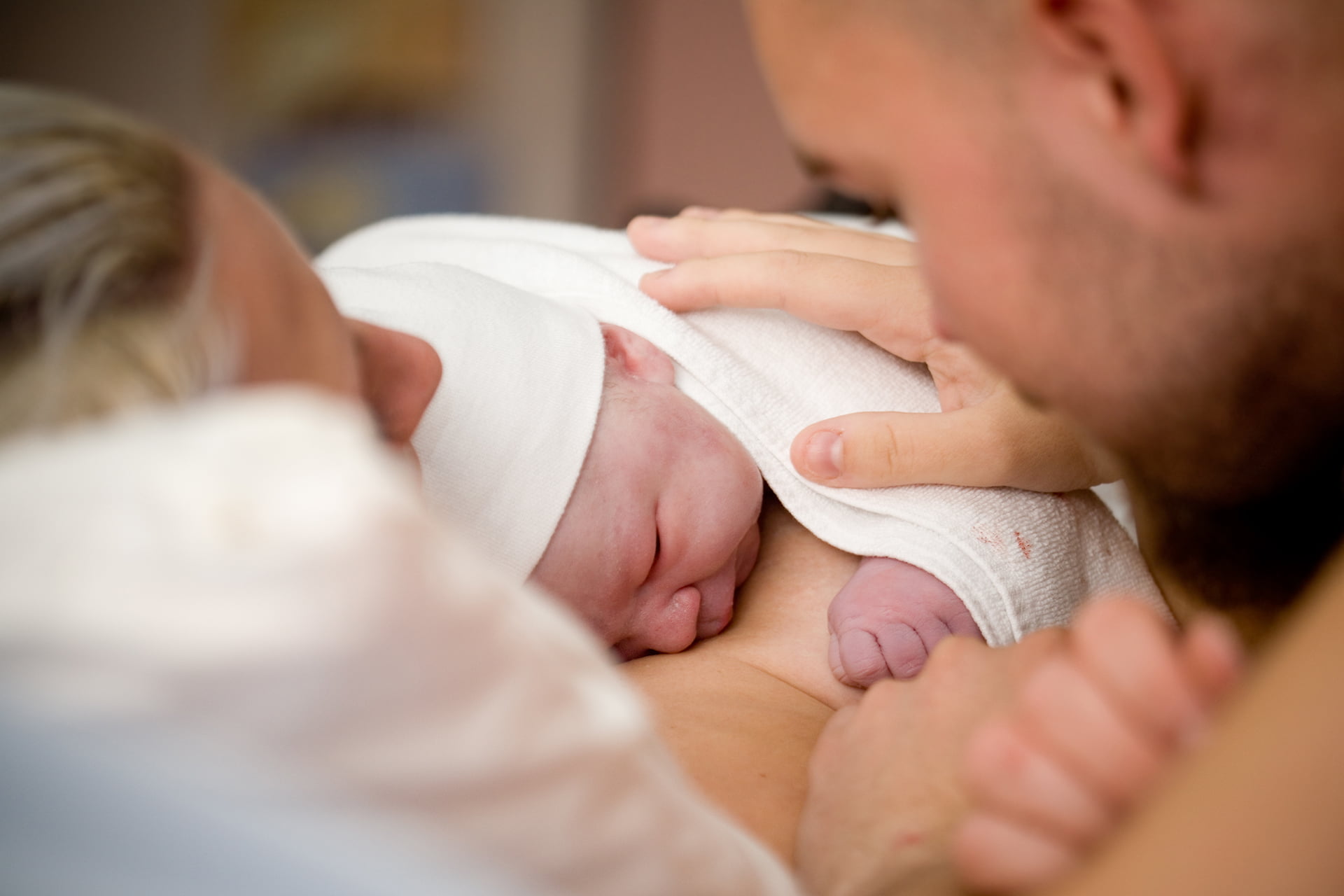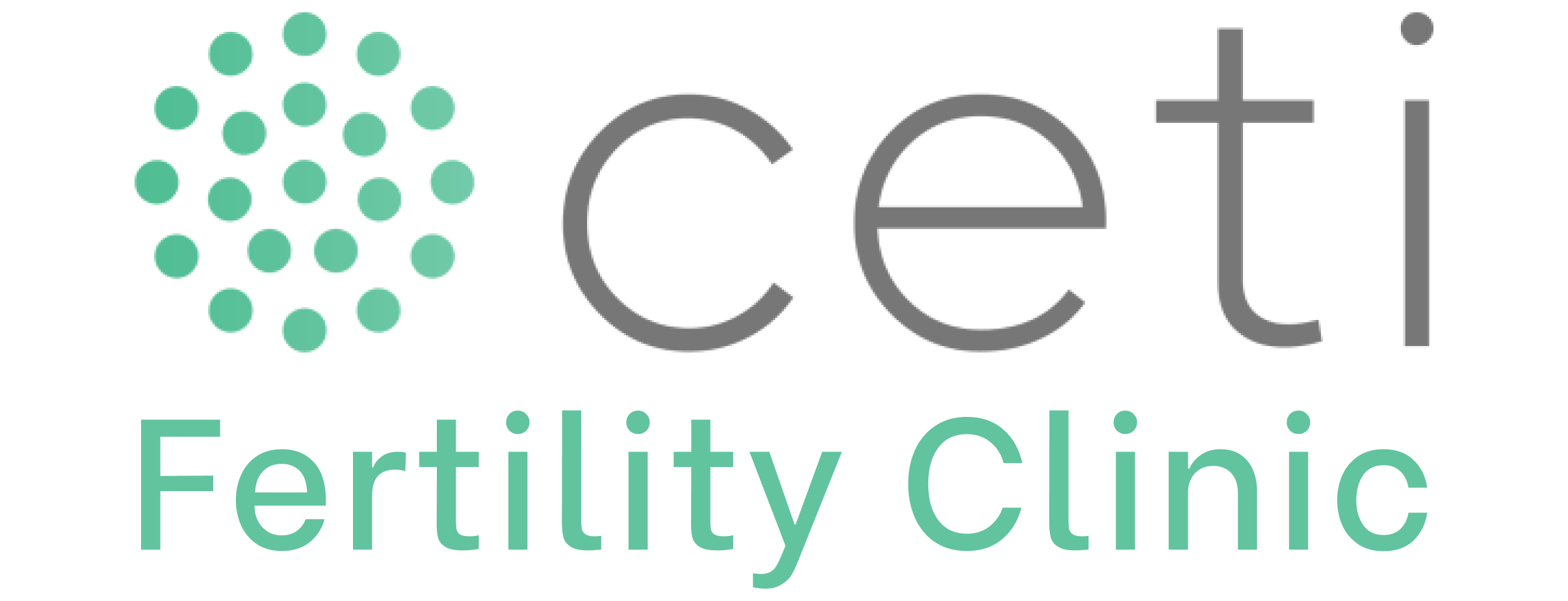Testicular Biopsy (TESE)
Testicular biopsy is a minimally invasive surgical procedure carried out during medically assisted reproduction treatments. Also known as TESE (Testicular Sperm Extraction), this technique makes it possible to obtain sperm directly from the testicle for use in an in vitro fertilisation (IVF) procedure using the intracytoplasmic sperm injection (ICSI) method.
Testicular biopsy (TESE) involves the surgical removal of one or more small portions of testicular tissue and any viable sperm found in the tissue is extracted for use in medically assisted reproduction. TESE is generally recommended for patients in whom sperm cannot be obtained by ejaculation due to azoospermia.
Azoospermia is defined as the condition in which a man's ejaculate contains no sperm. It is associated with male infertility, but some forms are amenable to medical treatment. Azoospermia affects around 1% of the male population and can occur in up to 20% of male infertility cases.

About Testicular Biopsy
In 50% of childless couples, there is a factor associated with male infertility, generally associated with abnormal sperm parameters. Therefore, in all infertile couples, the man should be assessed by a urologist specialising in male reproduction (andrology differentiation), with the spermogram being the laboratory diagnostic method initially recommended.
Testicular biopsy is a minimally invasive surgical procedure carried out during medically assisted reproduction treatments. Also known as TESE (Testicular Sperm Extraction), this technique makes it possible to obtain sperm directly from the testicle for use in an in vitro fertilisation (IVF) procedure using the intracytoplasmic sperm injection (ICSI) method.
This technique, which provides direct access to testicular tissue, can be used in a number of situations where it is not possible to obtain sperm in the ejaculate, or where sperm are few in number and/or of poor overall quality in terms of vitality. In these cases, the spermatozoa may be of poor quality in terms of vitality, motility and morphology, among other characteristics. Depending on the particular circumstances of each case, it may be necessary to surgically remove one or more fragments of tissue from one or both testicles.
Testicular biopsy (TESE) is generally recommended in patients who have no sperm present in the ejaculate (azoospermia) or who are unable to ejaculate. In general, azoospermia can be divided into two categories (obstructive and non-obstructive).
Testicular biopsy is mainly used in non-obstructive azoospermia, in which patients have no sperm present in the ejaculate, but can produce sperm in the testicles and it is our duty to search for and store these sperm by testicular biopsy.
Azoospermia can be the result of genetic causes such as the presence of Y chromosome microdeletions, certain oncological conditions such as testicular cancer, and certain endocrinological diseases linked to disorders of the pituitary gland or hypothalamus, which are responsible for regulating sperm production. In addition, if the azoospermia is linked to a disorder of sexual development, such as Klinefelter’s syndrome, characterised by the presence of an alteration in the number of sex chromosomes, TESE can also be used to obtain sperm, as well as in other very serious situations. TESE can also be used to obtain sperm in other very serious situations, such as bilateral cryptorchidism or non-reversible azoospermia following oncological treatments.
On the other hand, testicular biopsy (TESE) can be used to extract spermatozoa in cases of obstructive azoospermia. Obstructive azoospermia can be caused by a number of factors, including vasectomy, infection and/or trauma to the seminal tract with severe fibrosis, and congenital absence of the vas deferens in cystic fibrosis or other conditions.
TESE can also be used as a fertility preservation option in patients who have undergone sex reassignment surgery and are unable to ejaculate.
Spermatogenesis in the testis can be focal, meaning that sperm can be found in small isolated foci. With some variability between techniques, the sperm collection rate is as high as 50% in patients with non-obstructive azoospermia.
Many factors predictive of positive sperm recovery have been studied, but it has not yet been possible to demonstrate unequivocally a definitive factor predictive of sperm recovery. TESE-ICSI represents a major advance in the treatment of infertility in men with non-obstructive azoospermia, with almost 4 in 10 (37%) couples undergoing TESE-ICSI achieving a pregnancy.
Testicular biopsy (TESE) is a minimally invasive procedure that can be performed under local anaesthetic or intravenous sedation on an outpatient basis, without the need for hospitalisation. At our Centre, we usually use intravenous sedation, as it allows for wider manipulation of the testicle, overcoming any anatomical variations in testicular positioning, as well as the existence of previous testicular surgery, which can make local anaesthesia difficult.
In this way, we always have an anaesthetist present to monitor the entire procedure. Patients must fast for 6 hours and be accompanied, as they will not be able to drive after intravenous sedation. Once informed consent has been obtained, the procedure begins by shaving the scrotum, disinfecting the area with povidone-iodine and applying a sterile drape.
The testicle is fixed manually and a mild local anaesthetic is applied to the scrotum, followed by an incision of around 1 cm in the various layers of the scrotal wall until the testicular albuginea is reached. Then, using a scalpel, a very small incision is made in the tunica albuginea to expose the testicular pulp.
Using delicate scissors, one or more fragments of this pulp are removed and placed in a Petri dish filled with a suitable culture medium and immediately sent to the biologist who will process these samples and observe them under the microscope. If sperm of acceptable quality and in sufficient quantity are observed, they can be cryopreserved or used directly to fertilise the woman’s oocytes extracted by ovarian puncture during medically assisted procreation treatments.
The procedure therefore ends here, closing the albuginea and suturing all the previously open scrotal layers. If no sperm is found, the whole procedure will be repeated on the contralateral testicle, if there are no other impediments.
After healing and before discharge (always accompanied), instructions are given on how to care for the dressing and a prescription for an anti-inflammatory painkiller. If justified, an antibiotic may also be prescribed.
As with any surgical procedure, even minimally invasive, testicular biopsy (TESE) carries a risk of postoperative infection, bleeding and pain (local discomfort). In certain rare situations, testicular biopsy may lead to rare tissue scarring phenomena, which may result in testicular fibrosis and inflammation, likely to reduce testicular function and cause testicular atrophy.
In addition, in rare situations, the procedure may alter the endocrine function of the testes, causing a drop in serum testosterone levels, which may lead to a testosterone deficiency syndrome (hypogonadism). This can lead to side effects including muscle weakness, reduced sexual function, anxiety and cognitive changes.
The blood supply to the testicle may also be altered during this procedure, potentially reducing this supply. If TESE has to be repeated because of insufficient sperm recovery, patients are generally advised to wait 6 to 12 months to allow adequate healing of the testicle before further surgery.
There are no special precautions, apart from bandaging the wound until it is completely healed. Sutures generally fall out after 10 days. It is suggested that you rest for 12 hours after discharge. Violent exertion is also discouraged for the first 48 hours.
Sexual activity generally resumes between the 2nd and 3rd day after the operation. It is advisable to be alert to situations of heavy bleeding or violent pain, as well as pronounced swelling of the scrotum and/or fever, which may indicate the presence of an infection. In these situations, the CETI should be contacted.
No. This is a simple procedure carried out under anaesthetic. Post-operatively, some local discomfort is to be expected, which is easily alleviated by an anti-inflammatory analgesic for a few days.





Common questions
The procedure is quick and simple. Typically, depending on the number of testicular pulp samples taken and the time required by the biologist to process the samples, the procedure takes 20 to 30 minutes. If it is necessary to approach the contralateral testicle, the procedure can be extended up to 45 m. Recovery time is rapid. After about 2 hours‘ recovery, the patient is discharged, with 12 hours’ rest suggested, and resumes normal life after about 48 hours.
With some variability between techniques, the sperm collection rate is as high as 50% in patients with non-obstructive azoospermia. Numerous factors predictive of positive sperm recovery have been studied, but it has not yet been possible to unequivocally demonstrate a definitive factor predictive of sperm recovery. Naturally, in situations of obstructive azoospermia, this technique has a collection efficiency of virtually 100%.
In just a few days, you can return your life to 100% normal. As a general measure after any human reproduction treatment, all the stages of which are charged with strong emotions, we recommend that you lead as regulated a life as possible. We recommend a balanced diet, avoiding tobacco and alcohol, sleeping well, avoiding high-impact sporting activities and being aware that whatever is done is done well. It’s important to manage this notion of connection between body and mind in order to realise a long-awaited dream.
No. This procedure does not affect sexual function, with the exception of situations in which testosterone production is damaged, which are very rare. Sexual activity can resume approximately 2 days after the procedure. Occasionally, there may be a degree of sexual inhibition, given the strong emotional charge of all these medically assisted procreation procedures, which are generally overcome naturally.
In men, vasectomy results in the interruption of the vas deferens, preventing the presence of spermatozoa in the ejaculate. Depending on the number of years following surgery, it is possible to carry out successful techniques to recanalise the vas deferens, but in the vast majority of cases, due to multiple factors related to the couple, the simple testicular biopsy technique is more recommended, with which we can obtain sperm to produce embryos with the woman’s oocytes through the ICSI procedure.
You can consult the CETI price list here.
